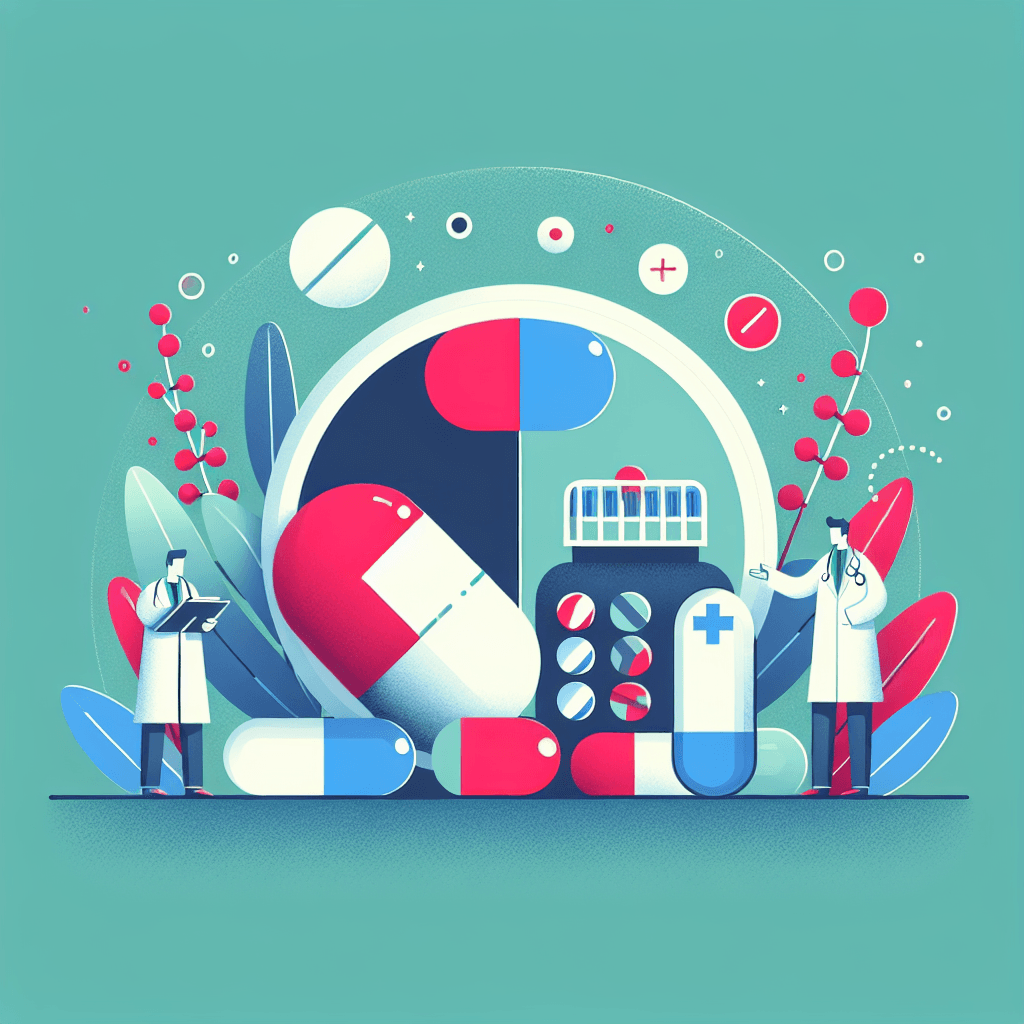Pharmacological - Adverse Effects
Concept-focused guide for Pharmacological - Adverse Effects
~6 min read

🎓 Listen to Professor Narration
Too lazy to read? Let our AI professor teach you this topic in a conversational, engaging style.
Overview
Welcome! In this in-depth session, we’ll unpack the critical concepts underlying pharmacological adverse effects, contraindications, side effects, and drug interactions. You’ll come away with a sharper ability to recognize, prevent, and manage medication-related risks—skills essential for safe clinical practice and success on exams like the NCLEX-RN. Together, we’ll clarify why common side effects occur, what makes a contraindication absolute, and how to respond when things go wrong.
Concept-by-Concept Deep Dive
1. Recognizing and Managing Adverse Drug Reactions
Adverse drug reactions (ADRs) are unintended, harmful effects that occur at normal drug doses. These can range from mild (like a rash) to life-threatening (such as anaphylaxis). Rapid identification and action are critical.
Types of ADRs:
- Allergic (Hypersensitivity) Reactions: Immune-mediated, often rapid-onset; can cause symptoms such as hives, wheezing, or anaphylaxis.
- Toxic Reactions: Occur when a drug accumulates to harmful levels.
- Idiosyncratic Reactions: Unpredictable, not dose-dependent or explained by known mechanisms.
Response Steps:
- Assessment: Recognize early warning signs (rash, swelling, respiratory distress, etc.).
- Immediate Action: Stop the medication, maintain airway, breathing, and circulation.
- Notify Provider: Report findings and actions; anticipate orders for emergency medications or interventions.
- Documentation: Accurately record the reaction, interventions, and outcomes.
Common Misconceptions:
- Thinking all rashes are benign—some may be precursors to severe reactions.
- Delaying cessation of the drug while awaiting provider confirmation.
2. Understanding Side Effects vs. Adverse Effects vs. Contraindications
Side Effects: Predictable, often dose-related effects that are not the primary purpose of the drug (e.g., dry mouth from antihistamines).
Adverse Effects: More severe, unintended responses that may warrant stopping the drug (e.g., angioedema from ACE inhibitors).
Contraindications: Specific conditions or factors where a drug should never be used because risk outweighs benefit (e.g., giving beta blockers to a patient with severe asthma).
Subtopics:
- Absolute vs. Relative Contraindications: Absolute means “never”; relative means “weigh risk and benefit.”
- Patient History Screening: Always review for allergies, comorbidities, and organ dysfunctions that could create contraindications.
Reasoning Recipe:
- Identify the mechanism of the drug.
- Match side effects/adverse effects to known pharmacology.
- Cross-reference patient conditions for contraindications.
Common Misconceptions:
- Believing more common side effects (like cough with ACE inhibitors) are always harmless—they can sometimes progress.
- Overlooking “silent” contraindications, such as liver disease for statins.
3. Drug Interactions: Mechanisms and Clinical Implications
Drug interactions occur when one drug affects the action or toxicity of another. These can increase or decrease therapeutic effects or adverse effects.
Types of Interactions:
- Pharmacodynamic: Drugs with similar or opposing actions (e.g., warfarin and aspirin both increase bleeding risk).
- Pharmacokinetic: One drug alters absorption, metabolism, or excretion of another (e.g., antibiotics affecting warfarin metabolism).
Key Examples:
- Disulfiram-like Reaction: Some antibiotics cause severe illness if taken with alcohol.
- Serotonin Syndrome: Combining serotonergic drugs (e.g., SSRIs and others) can cause life-threatening toxicity.
Stepwise Approach:
- Identify all medications and supplements the patient is using.
- Check for overlapping toxicities or additive effects.
- Monitor for new or worsening symptoms after changes in drug regimens.
Common Misconceptions:
- Assuming herbal supplements are always safe—many can interact with prescription drugs.
- Focusing only on prescription meds, ignoring OTCs and supplements.
4.
🔒 Continue Reading with Premium
Unlock the full vlog content, professor narration, and all additional sections with a one-time premium upgrade.
One-time payment • Lifetime access • Support development
Join us to receive notifications about our new vlogs/quizzes by subscribing here!